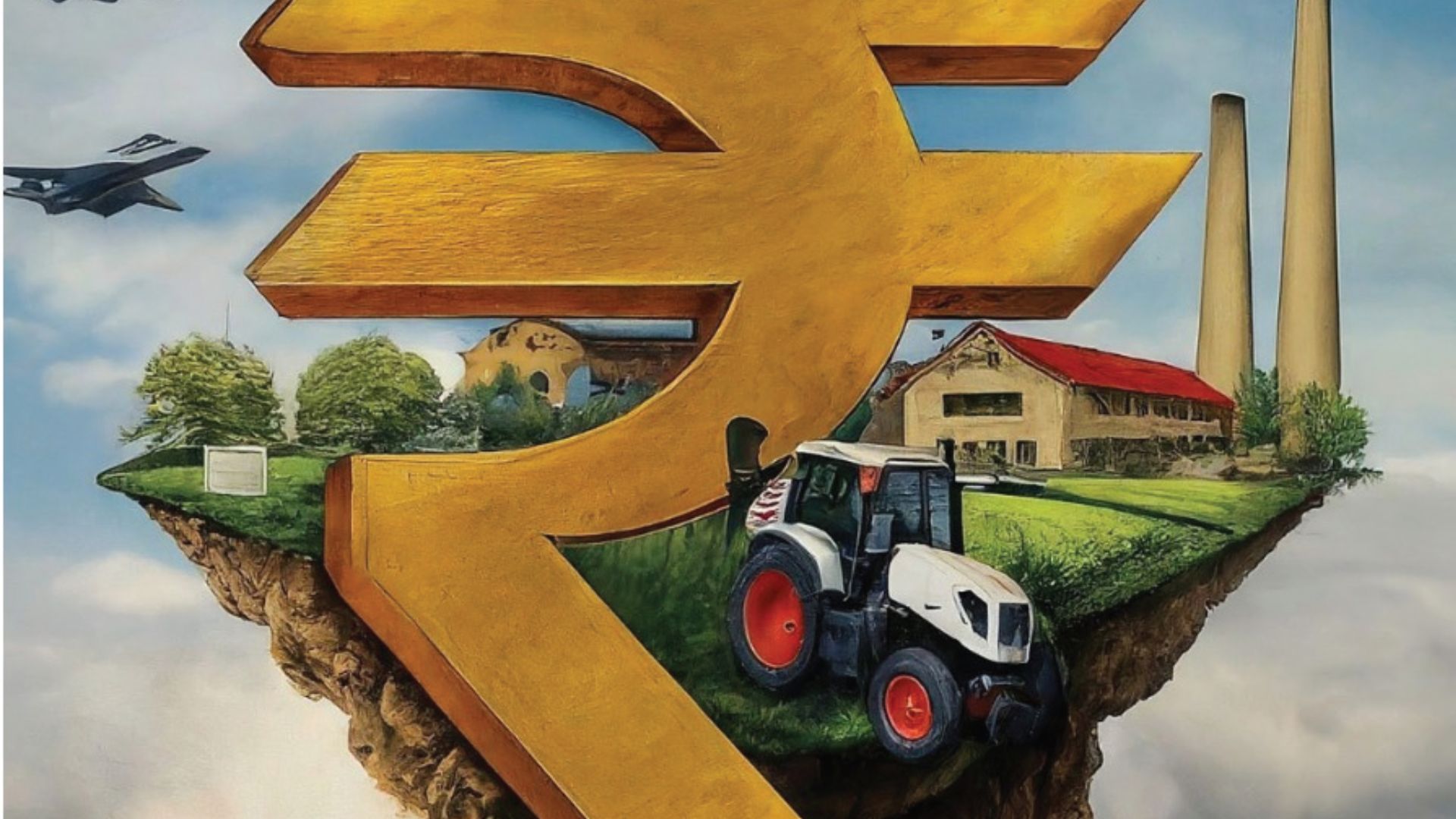NEW DELHI: As India prepares for the presentation of its annual budget, the sense of anticipation is palpable. This budget is more than just a financial document; it is a strategic roadmap for the nation’s economic future.
This year, expectations are particularly high, with the government facing the dual challenge of fostering growth while addressing socio-economic disparities amidst global uncertainties and domestic constraints.
Political considerations are a significant factor in budget formulation, especially with state elections looming.
The Modi government faces an unprecedented challenge in balancing economic reforms with populist measures that resonate with the electorate. Immediate concerns such as inflation, unemployment, and rural distress will need to be addressed, with schemes offering direct benefits like subsidies and welfare programmes likely to be featured prominently. Additionally, managing the demands of coalition partners will be a critical aspect of the budget process.
The primary expectation from this budget is to drive economic growth. The government is anticipated to introduce measures to enhance both domestic and foreign investment, with incentives targeted at key sectors like manufacturing, technology, and infrastructure. The National Infrastructure Pipeline has earmarked $1.5 trillion for infrastructure projects over the next five years.
Reforms to improve the ease of doing business and enhance labor market flexibility are also expected. However, this growth must be achieved while maintaining economic stability. With inflation a persistent concern, fiscal prudence is essential. Growth-oriented measures should be balanced with strategies for fiscal consolidation, ensuring effective management of the fiscal deficit to bolster investor and rating agency confidence.
The middle class, often viewed as the backbone of the economy, has elevated expectations for this budget.
Tax reliefs, such as an increase in the basic exemption limit to Rs 3 lakh, are anticipated to benefit around 30 million taxpayers. Anticipated relief in the form of tax cuts, increased deductions, and higher exemptions is eagerly awaited. With rising living costs and inflationary pressures, there is a strong demand for measures that enhance disposable income and financial security.
Increased spending on education, healthcare, and affordable housing is expected, along with support for small businesses and start-ups, which are crucial for employment and entrepreneurship opportunities for many middle-class families.
Addressing social welfare remains a critical priority. The pandemic has intensified inequalities, making support for the most vulnerable sections of society even more pressing.
Enhanced allocations for healthcare, education, and social security are anticipated. Additionally, job creation, particularly in rural areas through schemes like MGNREGA, and support for small and medium enterprises (SMEs) will be crucial.
The agriculture sector, a cornerstone of the Indian economy, requires particularly careful handling. Efforts to bolster farmers’ incomes through improved infrastructure, better market access, and sustainable farming practices are essential.
The government is expected to focus on increasing agricultural productivity and ensuring fair prices for produce. Investments in rural infrastructure, such as irrigation, roads, and storage facilities, will be critical. Furthermore, diversifying the rural economy beyond agriculture, by promoting sectors like dairy, poultry, and rural crafts, will help reduce economic vulnerability and support long-term rural development.
Infrastructure investment is set to be a major component of the budget. Projects aimed at enhancing transportation, connectivity, and urban development will not only stimulate economic activity but also create jobs. Continued support for the National
Infrastructure Pipeline (NIP), with an emphasis on timely execution and private sector involvement, is anticipated.
Sustainability should be a guiding principle in this budget. The government is expected to introduce initiatives promoting renewable energy, electric mobility, and green technologies.
Incentivizing businesses to adopt sustainable practices will be crucial for meeting long-term environmental goals.
Tax reforms remain a perennial expectation. Simplifying the tax regime, widening the tax base, and reducing compliance burdens can enhance revenue without overburdening taxpayers. Measures to combat tax evasion and improve transparency will be welcomed. Digitalisation is another area poised for significant advancement.
The pandemic has accelerated the transition to a digital economy, and the budget should support this shift. Investments in digital infrastructure, cybersecurity, and digital literacy will be essential for maintaining India’s competitiveness in the global digital landscape.
The upcoming budget represents a pivotal opportunity for the government to shape India’s economic recovery and future growth.
Balancing growth with stability, inclusivity with efficiency, and development with sustainability will be key to its success.
Addressing the high expectations of the middle class, managing political compulsions, and taking a cautious approach towards agriculture and the rural economy will be challenging but essential. The hope is that the budget will not only address immediate challenges but also lay a robust foundation for a prosperous and resilient India.

